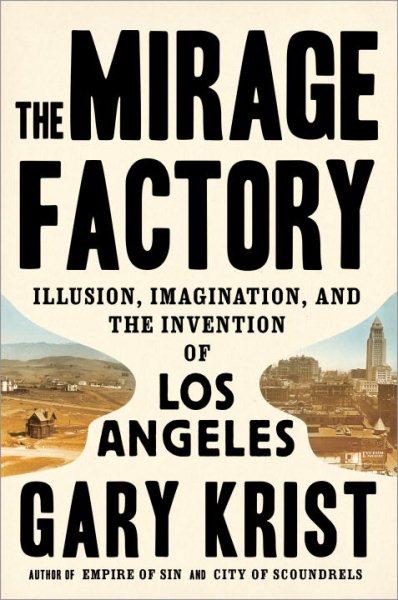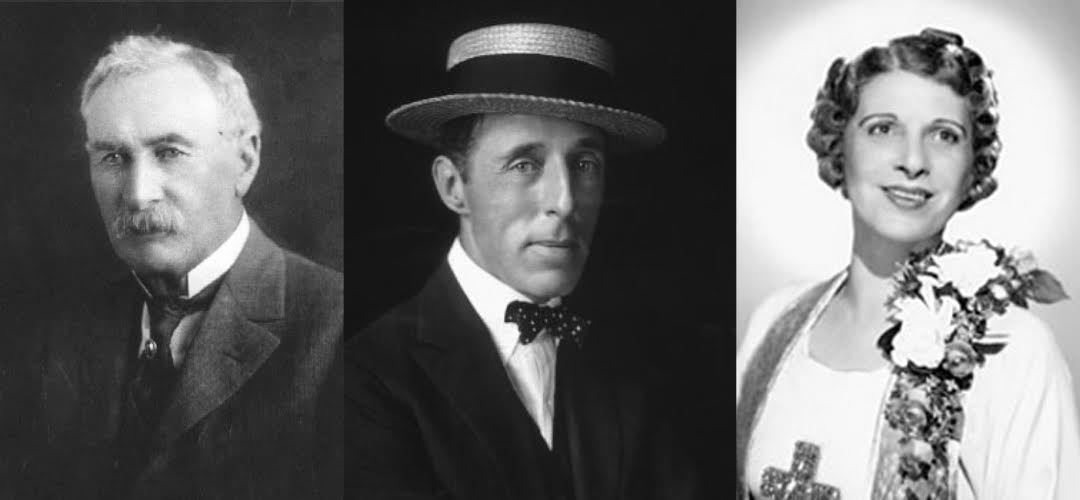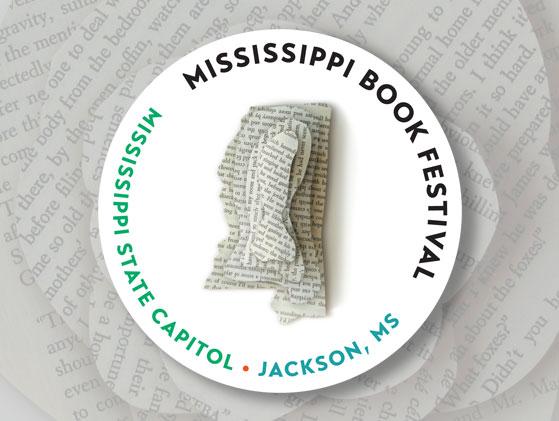by Andrew Hedglin
I fell in love with Gary Krist’s previous book, Empire of Sin: A Story of Jazz, Sex, Murder, and the Battle for Modern New Orleans, a couple of years ago when I was preparing for a short trip to the Big Easy. The next spring, I caught up on another of his books, City of Scoundrels: The 12 Days of Disaster That Gave Birth to a Modern Chicago.
 I have come to the conclusion that Krist is the great pop urban historian of today. In lucid, well-researched prose, he tells not of great American city’s beginnings, but the genesis of the idea of that city–what each metropolis has to offer to the culture and popular imagination of this country. He returns this year with The Mirage Factory: Illusion, Imagination, and the Invention of Los Angeles.
I have come to the conclusion that Krist is the great pop urban historian of today. In lucid, well-researched prose, he tells not of great American city’s beginnings, but the genesis of the idea of that city–what each metropolis has to offer to the culture and popular imagination of this country. He returns this year with The Mirage Factory: Illusion, Imagination, and the Invention of Los Angeles.
More so than his previous two books, Krist structures The Mirage Factory around three seminal individuals. Each of these titans contributed to the incredible growth and out-sized influence of L.A that we know today. These three figures were William Mulholland, who built the Los Angeles Aqueduct, D.W. Griffith, who helped shaped the motion picture industry and directed its first (albeit highly problematic) blockbuster, and Aimee Semple McPherson, a wildly successful Pentecostal evangelist who helped establish the city as a place for alternative spiritual seeking.

L-R: Mulholland, Griffith, McPherson
My favorite sections were about the grit and glamour of nascent Hollywood, but McPherson also lived too interesting a life not to be magnetized by it. And while Mulholland’s sections might be the least enthralling, they are never dry, technical, or impossible to get through. Indeed, there is plenty of land intrigue such as that would inspire the story of Chinatown decades later. And the cataclysmic end to his career has to be experienced in full detail to be believed.
Los Angeles may not have the immediacy of New Orleans to those of us living in and around Jackson, but its story enthralls us because Los Angeles radiates an important portion the American dream: dreaming itself. The ability to remake your fortunes if you can only get there. After all, neither Mullholland, Griffith, nor McPherson was a native Angeleno. Mullholland and McPherson weren’t even from America.
At each turn, Krist emphasizes how these figures made what should not be possible, possible. Sometimes they accomplished this through illusion, such as in movies, or at great cost to those living around them, such as the aqueduct. But Krist is deft at reminding us of our country’s greatness, and the cost of that greatness. I myself thoroughly enjoyed my third trip into a bustling, alive American city at the dawn of the twentieth century with Krist as my guide.
The Mirage Factory is Lemuria’s August 2018 selection for our First Editions Club for Nonfiction. Gary Krist will appear at the Mississippi Book Festival Aug. 18 as a participant in the American History panel at 10:45 a.m. at the C-SPAN room in Old Supreme Court Room at the State Capitol.



Comments are closed.